Two years ago, Junior Achievement of Greater Kansas City chose Google Fiber’s 2 Gig service and we’ve never looked back. In recognition of National Entrepreneurship Month, we’re highlighting how Junior Achievement of Greater Kansas City uses reliable, high-speed internet to help achieve our goal of empowering the next generation of professionals, leaders, and entrepreneurs.

Our work at Junior Achievement is centered on three essential pillars: work readiness, entrepreneurship, and financial literacy. We offer a bridge between classrooms and the real world, preparing students for success in an evolving career landscape. Through programs catering to K-12 students, our adaptable curriculum provides valuable resources and lessons
that aren’t part of most schools’ required curriculum.
Technology plays a huge role in our organization’s success. The decision to switch to
Google Fiber's 2-Gig internet two years ago was partially driven by our desire to upgrade our internet, but more importantly, we wanted to elevate the experience of our students at the Youth Learning Lab, presented by the Mallouk Family Foundation.
.jpg)
One of the ways we’re elevating the experience is through our signature program:
JA BizTown, presented by Community America Credit Union. This is an immersive experience where students step into the shoes of professionals. In the simulation, they learn how to run their own businesses, manage finances, and hone their ability to make decisions. JA BizTown challenges the next generation of employees to solve the nuanced, real-world issues that businesses face every day in a way that they connect with at their grade level.
Our simulation relies on a cloud-based platform, and our GFiber's 2-Gig service allows us to ensure the technology enabling JA BizTown runs smoothly, offering a disruption-free environment for our students. With up to 100 devices running simultaneously, reliability is key to the program’s success.
Each year, Junior Achievement of Greater Kansas City serves 20,000 students across the KC metro, nearly half of which experience capstone experiences onsite at the JA Youth Learning Lab. In addition, Junior Achievement welcomes 5,000 adult volunteers and community members onsite. We partner with more than 18 community organizations to execute our programs. In order to fulfill our mission and expand our impact, we need consistent, reliable connectivity so our programming and simulations don’t miss a beat. On a given day, we know that a dozen things could surprise us, but we have been able to count on the reliability of GFiber’s internet access.

Today, there’s so much pressure on young people to choose their career—and the options only continue to grow. Our programming, like JA BizTown or the
3DE model of education implemented at the high school level, opens their eyes to new opportunities they may not have previously considered. Our partnerships with Kansas City businesses inspire students by offering opportunities that align with their passions in unexpected ways. For instance, participants learn that they don’t have to be a center fielder to work for the Kansas City Royals. They can work in marketing, ticket sales, community outreach—the list goes on. Exposure to business mentors from the Kansas City business landscape further widens students’ perspectives, opening a world of possibilities for their choice-filled futures.
.jpg)
As we navigate the future of education, especially considering the challenges posed by the pandemic, community support is essential. Working with GFiber as a small business exemplifies the exact kind of collaboration needed to uplift our youth during a pivotal time in their lives. It takes all of us to collectively empower our future leaders and prepare them for success, and we’re so grateful for our supportive community.
If you’re interested in getting involved with Junior Achievement of Greater Kansas City, there are many ways to support. Volunteer your time, share your expertise, and become a mentor to a future leader. Our range of
volunteer opportunities give everyone a chance to impact the lives of these students. Together, we are shaping futures, one student at a time.
Posted by Torey Berndt, Director of Marketing and Communications, Junior Achievement of Greater Kansas City

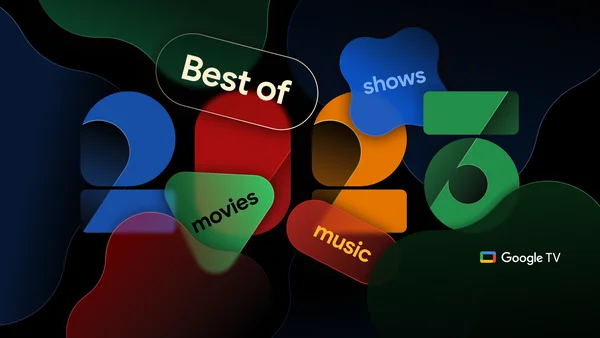 Google TV released the top movies and shows from 2023 in collections like “most-watched movies” “most-watchlisted,” and others.
Google TV released the top movies and shows from 2023 in collections like “most-watched movies” “most-watchlisted,” and others.
 Google TV released the top movies and shows from 2023 in collections like “most-watched movies” “most-watchlisted,” and others.
Google TV released the top movies and shows from 2023 in collections like “most-watched movies” “most-watchlisted,” and others.
.png)
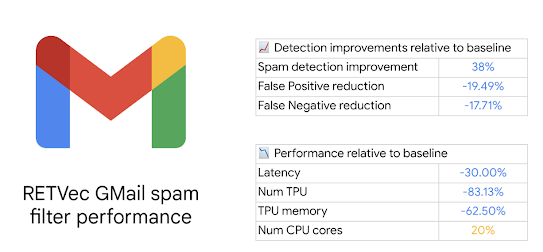


 Mira Lane explores how AI is empowering creativity with pioneering artist Refik Anadol.
Mira Lane explores how AI is empowering creativity with pioneering artist Refik Anadol.

.jpg)

.jpg)

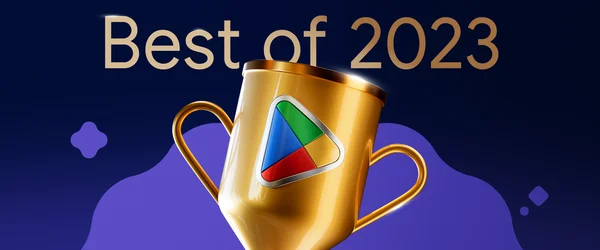 We’re announcing Google Play’s Best of 2023 awards, celebrating the best apps, games and books of the year.
We’re announcing Google Play’s Best of 2023 awards, celebrating the best apps, games and books of the year.
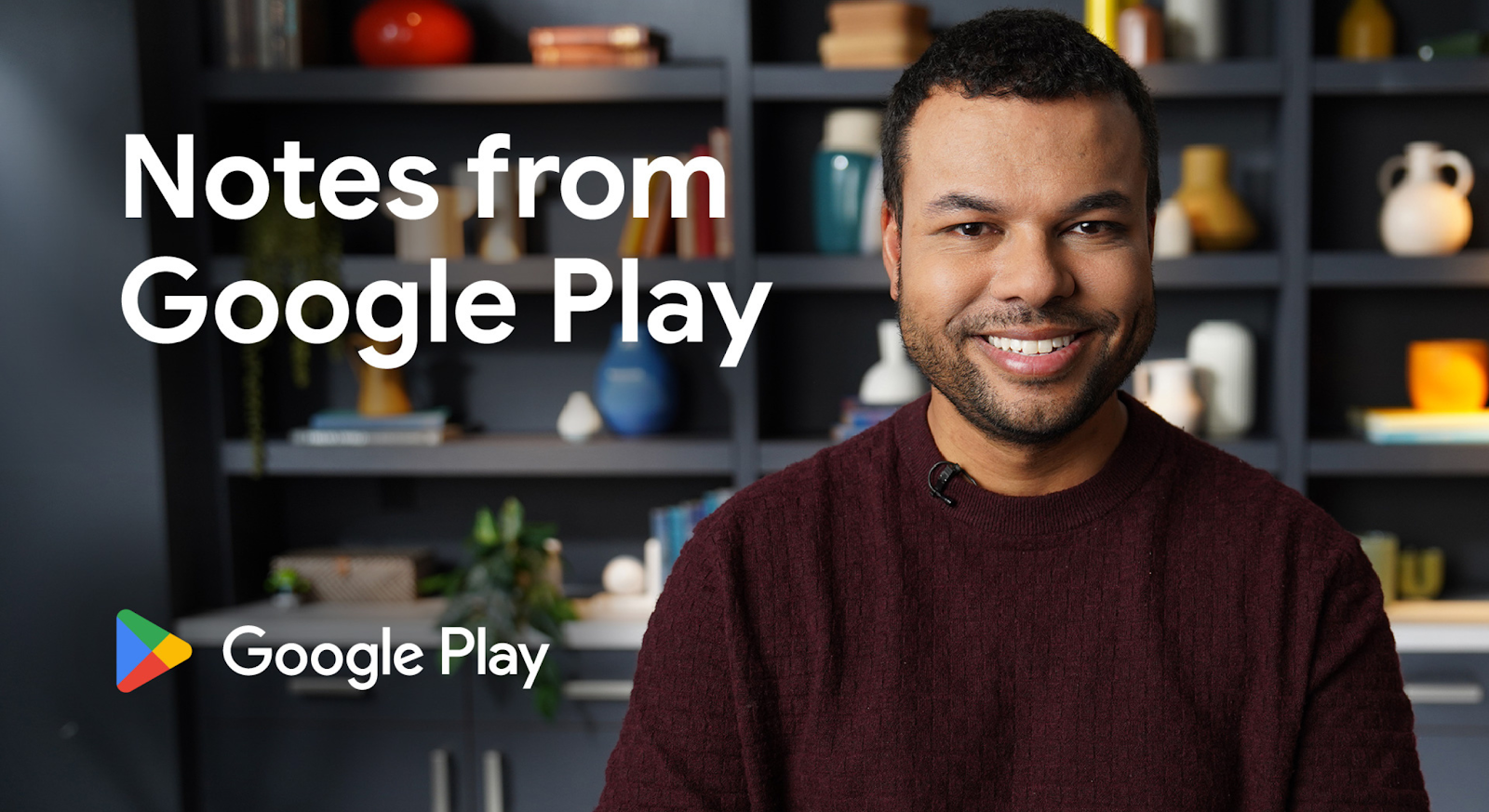 Posted by Sam Bright, Vice President & General Manager, Google Play
Posted by Sam Bright, Vice President & General Manager, Google Play

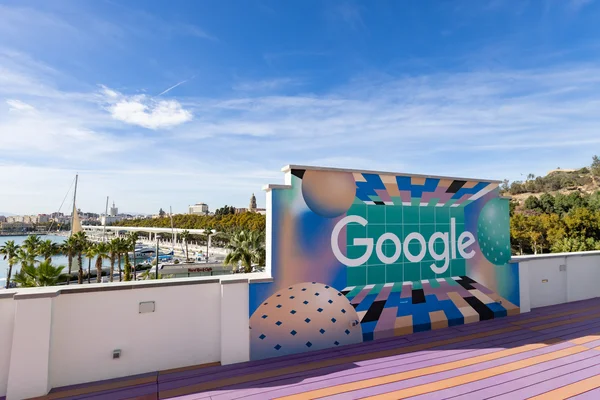 Google launches a new cybersecurity hub in Málaga, Spain.
Google launches a new cybersecurity hub in Málaga, Spain.
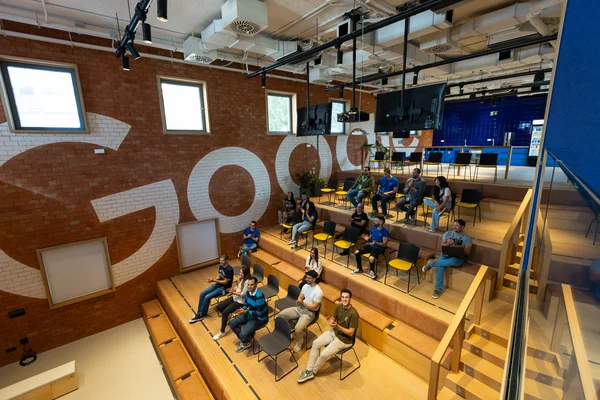 Google launches new $10 million program to advance cybersecurity skills development and training and helping local community organizations.
Google launches new $10 million program to advance cybersecurity skills development and training and helping local community organizations.